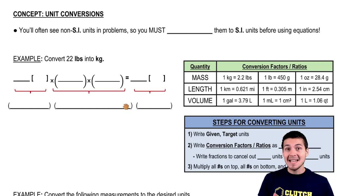Two point charges, 3.4 μC and -2.0 μC, are placed 8.0 cm apart on the x axis. At what points along the x axis are
(a) the electric field zero and
(b) the potential zero? Let V = 0 at r = ∞.
 Verified step by step guidance
Verified step by step guidance Verified video answer for a similar problem:
Verified video answer for a similar problem:

